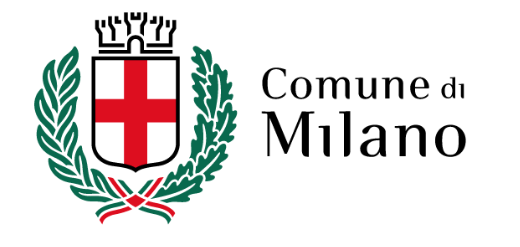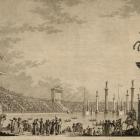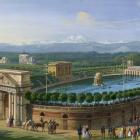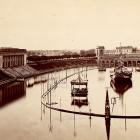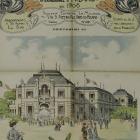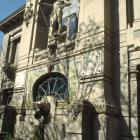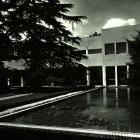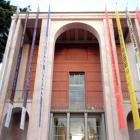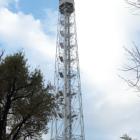Proposed by Luigi Canonica, the capacious oval amphitheatre was built in 1806 using materials recovered from the demolished fortifications of Sforza Castle. This grand city stadium inaugurated by Napoleon Bonaparte in 1807, was capable of seating 30,000 spectators and during the French occupation was the venue for open air events, such as firework displays and spectacular naumachias: naval battles that required the arena to be flooded with water from the city’s canals. The stadium is accessible via four monumental gates: the Triumphal Gate on the south-east, the north-eastern Libitinaria Gate, which takes its name from the “libitini”, people charged with removing the bodies of gladiators from Roman amphitheatres, the Carceri Gate (the gate of the prisons) on the north-west flanked on both sides by towers and the entrance to the Royal Balcony or “Pulvinare” on the south-western wall, leading to a solemn looking balcony with pink granite columns and Corinthian order capitals.
- Milan Castle
- Museums Libraries Archives
- Museo Pietà Rondanini - Michelangelo
- Museo d'Arte Antica
- Sala delle Asse - Leonardo da Vinci
- Pinacoteca
- Museo dei Mobili e delle Sculture Lignee
- Museo delle Arti Decorative
- Museo degli Strumenti Musicali
- Museo Archeologico - Sezione Preistoria e Protostoria
- Museo Archeologico - Sezione Egizia
- Raccolta delle Stampe "Achille Bertarelli"
- Gabinetto dei Disegni
- Archivio Fotografico
- Archivio Storico Civico e Biblioteca Trivulziana
- Biblioteca d'Arte
- Biblioteca Archeologica e Numismatica
- Casva (Centro di Alti Studi sulle Arti Visive)
- Ente Raccolta Vinciana
- Gabinetto Numismatico e Medagliere
- Opere dei musei in movimento
- The Castle and Milan
- Media gallery
- Plan your own tour
